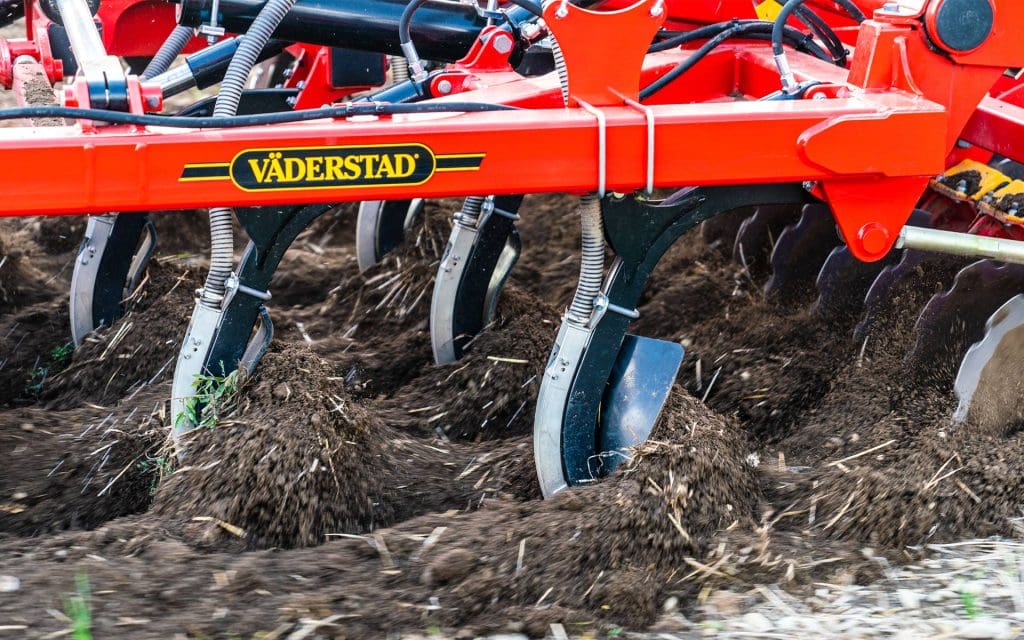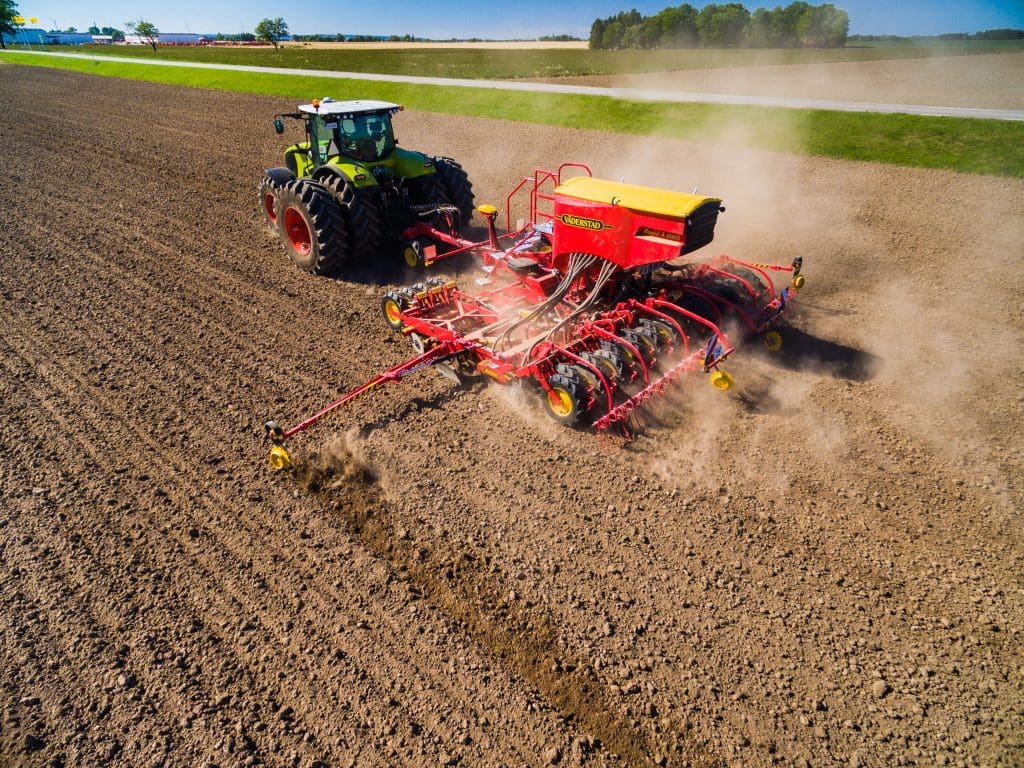
VÄDERSTAD
Highly efficient farm machinery, built in Sweden and brought to you here in Australia. Whether it’s cultivation, seedbed preparation, or seed placement, VÄDERSTAD’s vision is to ensure a perfect emergence to maximise yields.
About the VÄDERSTAD Brand
VÄDERSTAD develops tillage methods and produces seed drills, cultivators, harrows and rollers suitable for different climates – from the sands of Australia to the clays of Northern Europe. Different crops place different demands on seed placement and soil tillage, so they develop machines that carry out several tasks, at a high work rate, in a single pass, to prepare fields ready for drilling at the right time and provide the best conditions for maximum yield.
History


Find a Dealer
Need quality machinery and local support? Find your nearest CLAAS Harvest Centre dealer. We’re here to help you get what you need, close to home.






